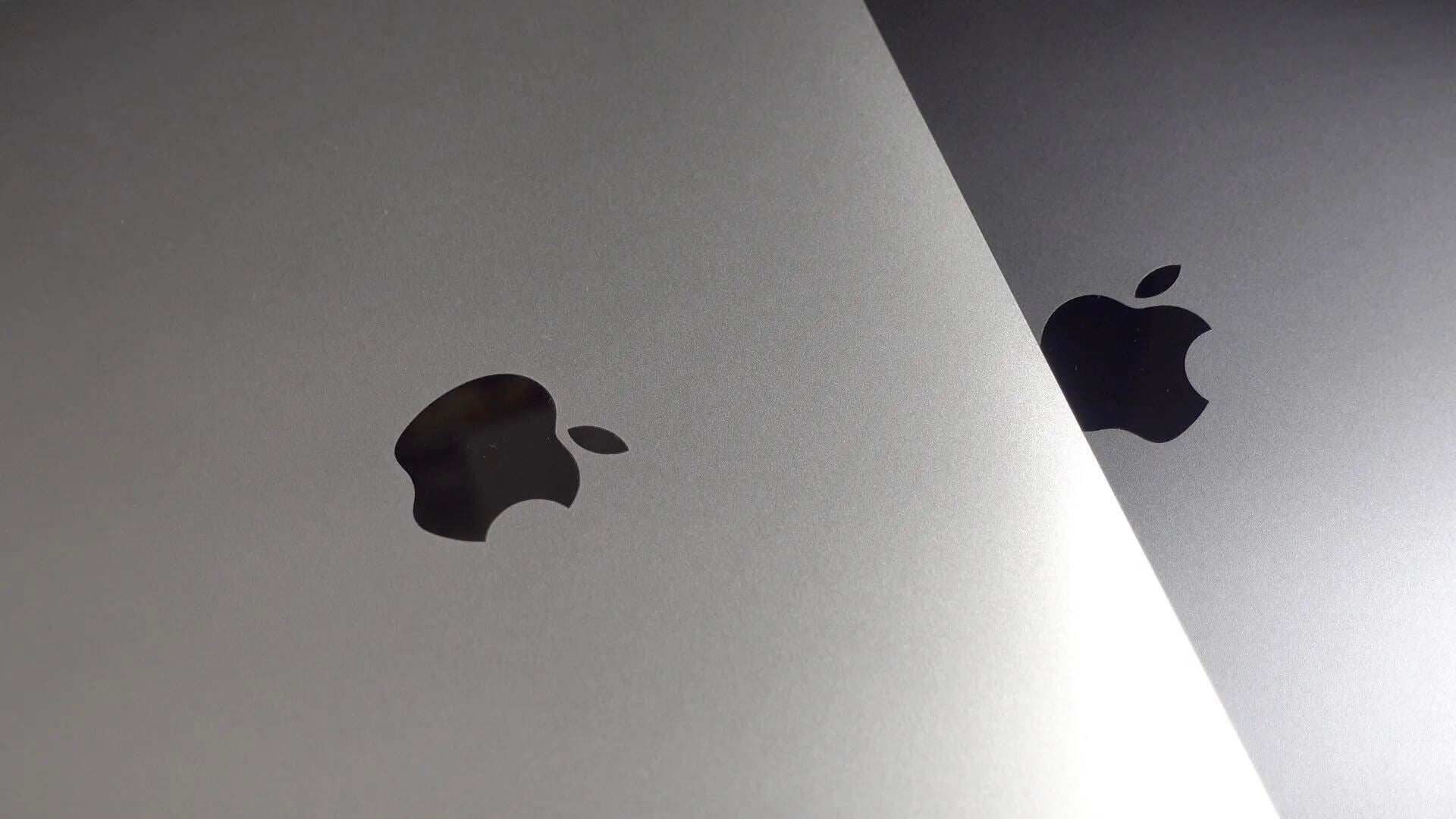
When the Apple Watch Series 3 was unveiled on Tuesday, all the attention was on the new LTE connectivity added to the latest model. But to my mind the far more significant announcement was something which will shortly be available on all Apple Watch models: the new heart-rate monitoring coming with watchOS 4.
There were four elements to this development, and I fully expect more to follow further down the line …
The first element is that the Watch will now proactively provide data on both your resting heart rate, and your recovery time. These are good indicators of overall fitness levels. For most people, the lower their resting heart rate, and the less time it takes to fall from peak exercise level to normal resting rate, the fitter they are.
Previously, you would have had to take the decision to actively measure these things; now your Watch will do it for you automatically. For fitness fans, it’s another bit of easily-accessible data that might prompt them to push just a little harder, but the greater benefit it likely to be felt by less-active people. Making your fitness level more visible can only encourage more exercise, even if it’s just walking a little more or taking the stairs rather than the elevator at work.
The second element is automatic monitoring of resting heart rate. If your Watch detects that your heart rate is abnormally high at a time when you don’t appear to be taking any exercise, it will alert you. We’ve already seen reports of lives being saved by happening to notice this, but a proactive alert will be of far greater value.
The third element goes further: the Watch will now look for irregular heart-beats – your heart rate speeding up and slowing down randomly rather than having a consistent rhythm. Both issues – irregular beats and rapid heart rate at rest – can point to atrial fibrillation, a major cause of strokes. Strokes can lead to brain injury, disability and death.
Finally, Apple is working with Stanford Medicine to use the data collected by this monitoring to help future research into heart conditions. This could well help generate a better understanding of early warning signs, and perhaps even allow the Watch to automatically call 911 when it detects a heart-attack.

The impressive thing is that all of this – from basic fitness monitoring to warning of stroke risk – is achieved using just a single sensor.
We know that Apple doesn’t want to build too many sensors into the Watch itself – that risks it being declared to be a medical device, subject to FDA approval. That, said Cook back in 2015, would slow the pace of innovation.
We don’t want to put the watch through the Food and Drug Administration (FDA) process. I wouldn’t mind putting something adjacent to the watch through it, but not the watch, because it would hold us back from innovating too much, the cycles are too long. But you can begin to envision other things that might be adjacent to it — maybe an app, maybe something else.
But even the single sensor fitted could potentially measure O2 saturation, and Apple has hinted that it may well offer separate sensors that communicate with that Watch. Indeed, it was reported earlier this year that Tim Cook was testing one such device, to measure blood sugar. It’s believed that Apple has a secret team working specifically on treatments for diabetes.
So this type of constant background monitoring of health and fitness is just the beginning. We may not see many additional sensors added to the Watch itself, but there will be bands and/or other devices that check for other conditions and sent data and alerts to the Watch.
LTE connectivity may be great for those who want to be able to go for a run or a workout without their phone, but proactive health monitoring excites me far more. This kind of tech is literally going to save lives.
Check out 9to5Mac on YouTube for more Apple news:
FTC: We use income earning auto affiliate links. More.



Comments